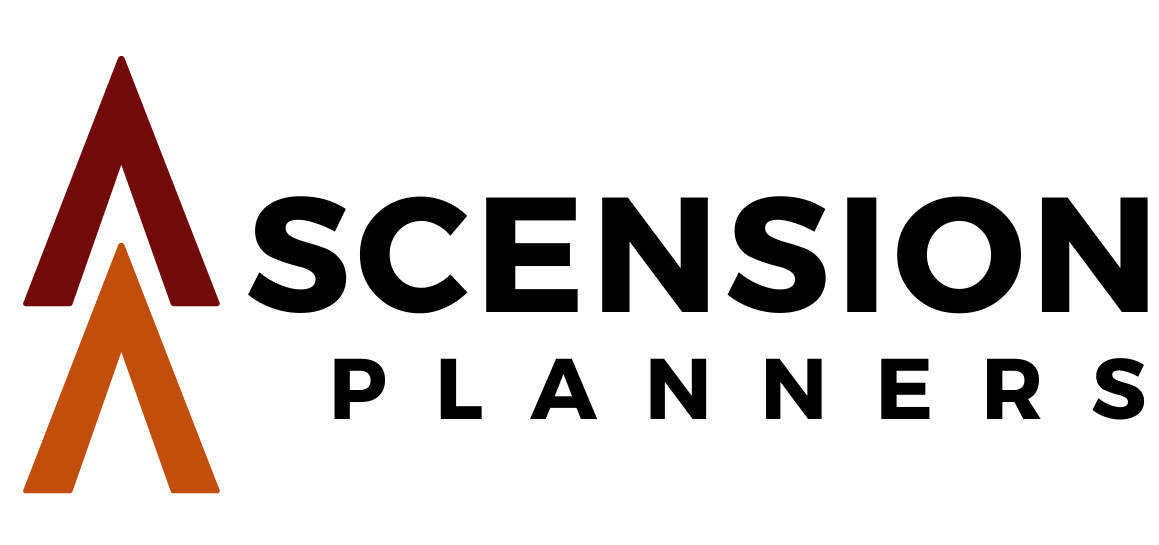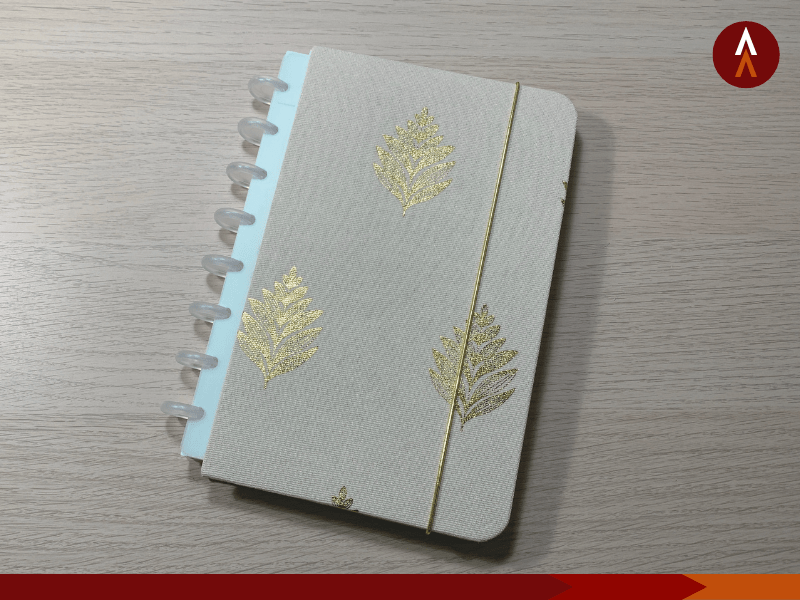
Do you find yourself constantly struggling to keep up with your schedule and to-do lists? Is it hard to build the life of intention that you strive for? Try using a planner to improve your productivity.
Planners are tools designed to help you stay organized, productive, and focused. They come in many different styles and formats, from paper-based to digital, and offer a variety of features to suit your needs. Planners typically include a calendar for scheduling appointments and deadlines, space for to-do lists, and areas for notes and other important information. Some planners also include sections for tracking goals, habit tracking, meal planning, and more. With a planner, you can keep track of all your important tasks and activities in one place, making it easier to manage your time and achieve your goals.
You can start planning today with these easy to follow steps:
1: Choose the Right Planner:
Before you start planning, you need to choose the right planner for you. There are many different types of planners available, from daily planners to weekly planners, and from digital to paper-based planners. Consider your needs and preferences, and choose a planner that fits your lifestyle and the way you work. (Look out for our next post on the most common types of planners and their uses.)
2: Set Your Goals:
What do you want to achieve? Setting goals is an essential part of planning, as it gives you direction and focus. Write down your short-term and long-term goals and break them down into smaller, more manageable tasks. This will help you to prioritize and schedule your tasks effectively.
3: Schedule Your Time:
Once you have set your goals, it’s time to schedule your time. Block out time in your planner for the tasks and activities that are most important to you. This will help you to stay on track and avoid getting sidetracked by less important tasks.
4: Keep Track of Your To-Do Lists:
To-do lists are an important part of planning. They help you to stay focused and motivated, and they can also help you to prioritize your tasks. Keep track of your to-do lists in your planner, and review them regularly to make sure you are staying on track.
5: Track Your Progress:
As you work through your tasks and activities, it’s important to track your progress. This will help you to stay motivated and on track with your goals. Use your planner to track your progress and celebrate your achievements along the way.
6: Review Your Plan Regularly:
Reviewing your plan regularly is an essential part of planning. It helps you to stay on track and adjust your plan as needed. Set aside time in your planner to review your progress and make any necessary adjustments to your plan.
With regular use of a planner, you can look back and see what you accomplished, which can be a source of motivation and a reminder of your progress. You can also identify areas where you may need to improve and adjust your plan accordingly. By tracking your habits and goals, you can learn more about your strengths and weaknesses and use that knowledge to become more productive and successful. Ultimately, using a planner is a valuable tool for self-reflection, growth, and improvement.

